5 Cars That Were Ahead of Their Time -
Innovation is a truly beautiful thing, and there’s no better place to prove it than the auto industry. With today’s cookie-cutter midsize sedans and crossovers, however, it may seem like designers have abandoned their imaginations.
The thing is, auto designers have to exercise a certain amount of caution when including new ideas. Sometimes the public isn’t ready for them. Sometimes the technology simply doesn’t exist yet. Sometimes, the idea is just poorly executed.
Here’s a few examples of cars that changed the face of motoring just a few years too early.
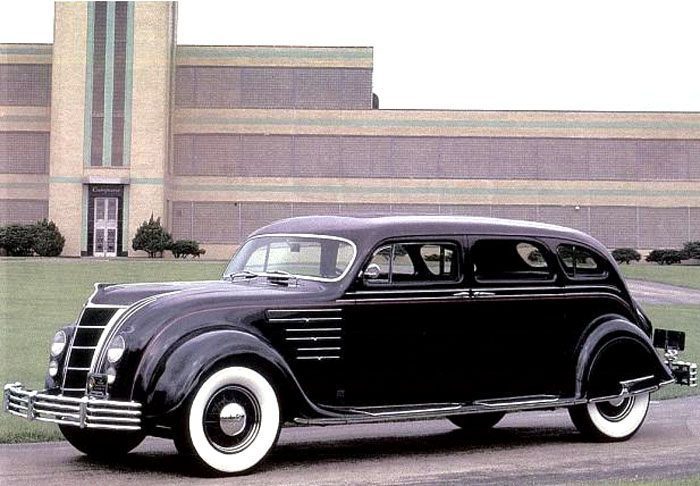
While the car itself was a sales flop, the technology behind it was revolutionary. Chrysler refined the car’s body using wind tunnel testing, a first for the 1930s.
The Airflow also set a precedent for engine placement. Its engine was placed above the front axle instead of behind it. This allowed more room for interior design.
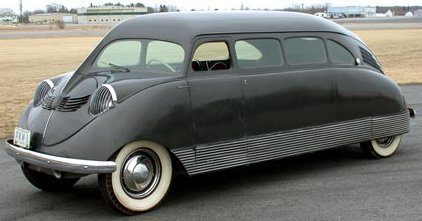
The creator of the famous Ford Tri-Motor airplane, William Stout, tried his luck at creating cars with the Scarab. The Scarab, produced in 1935-38, can be considered a precursor to modern-day minivans.
It featured an innovative steel, aluminum and titanium body with an incredibly aerodynamic design. Like the Volkswagen Microbus that appeared several decades later, the interior featured configurable bench seating – which could even fit a card table.
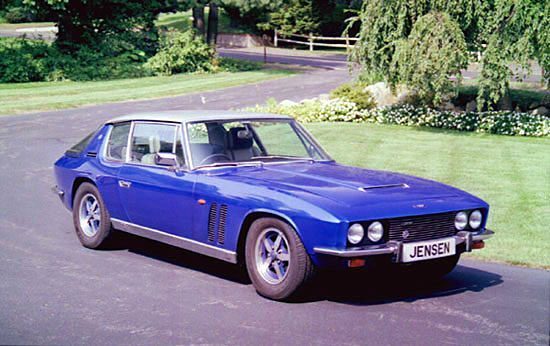
The AMC Eagle and Audi Quattro are thought to be the first cars to include four-wheel drive, but Jensen quietly pioneered the concept in the late 1960s.
The 4WD system worked quite well, but was only engineered for right-hand-drive cars. It was also much more expensive. While Jensen was definitely on the right track, Subaru and Audi brought this idea to the masses.
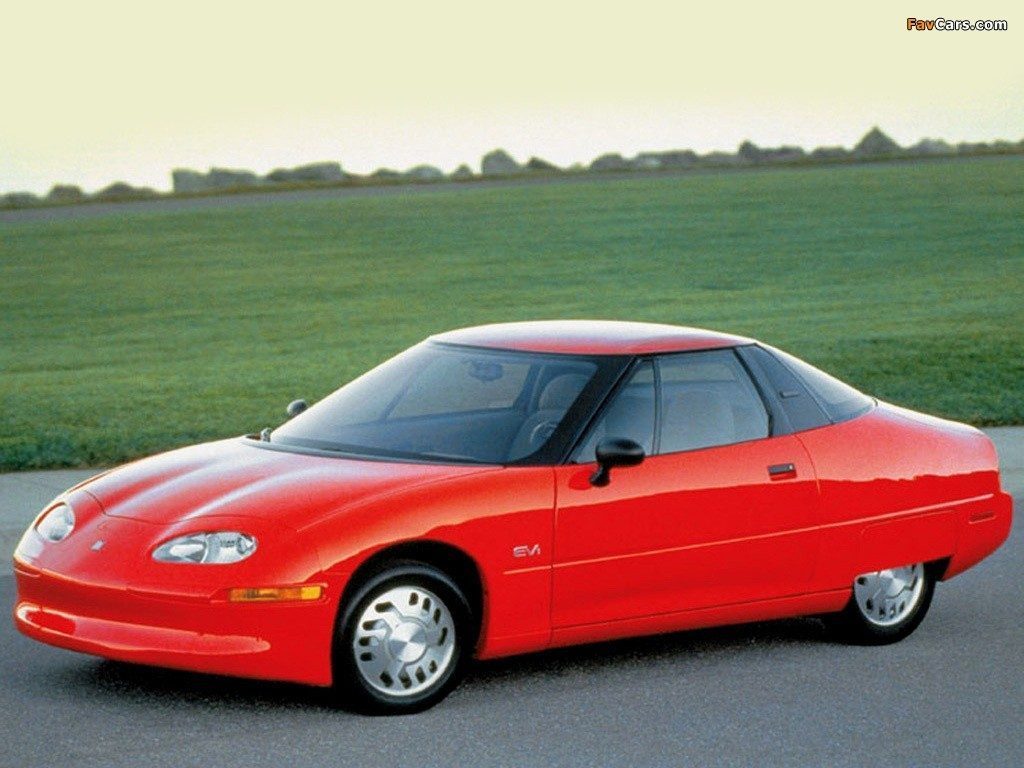
Yup, it’s the mysterious electric car that GM killed. A technological marvel for its time, GM drummed up the EV1 to match the California Air Resources Board’s emissions restrictions.
GM fought this mandate, arguing there was no market for electric cars – and they couldn’t be more wrong today. It took back all 1,117 cars that were leased to consumers and destroyed all but two of them.
The first generation, produced between 1996 and 1999, had a range of 70-100 miles thanks to lead-acid batteries. The second generation used nickel-metal hydride batteries, which improved the range to 80 to 140 miles.
- Lohner-Porsche Semper Vivus
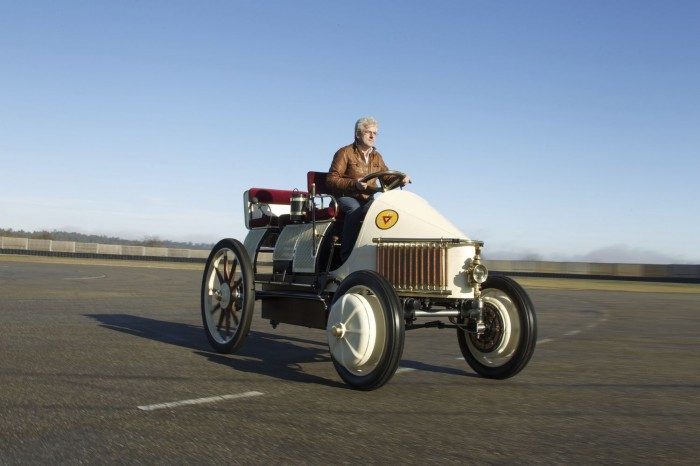
The 1990s obviously weren’t the first ventures into electric automobiles. In fact, all-electric cars existed even before the turn of the century in 1900.
Ferdinand Porsche – yes, the maker of the sports cars – was the first to design a hybrid car. It used two combustion engines not to power the car, but to generate electricity for the car’s batteries and electric hub motors on the wheels.
These cars just go to show that a simple idea can begin decades and even centuries before it’s implemented successfully. While reception for these cars was mixed, they proved that human innovation, while it may sometimes jump the gun, is one of our greatest qualities.




